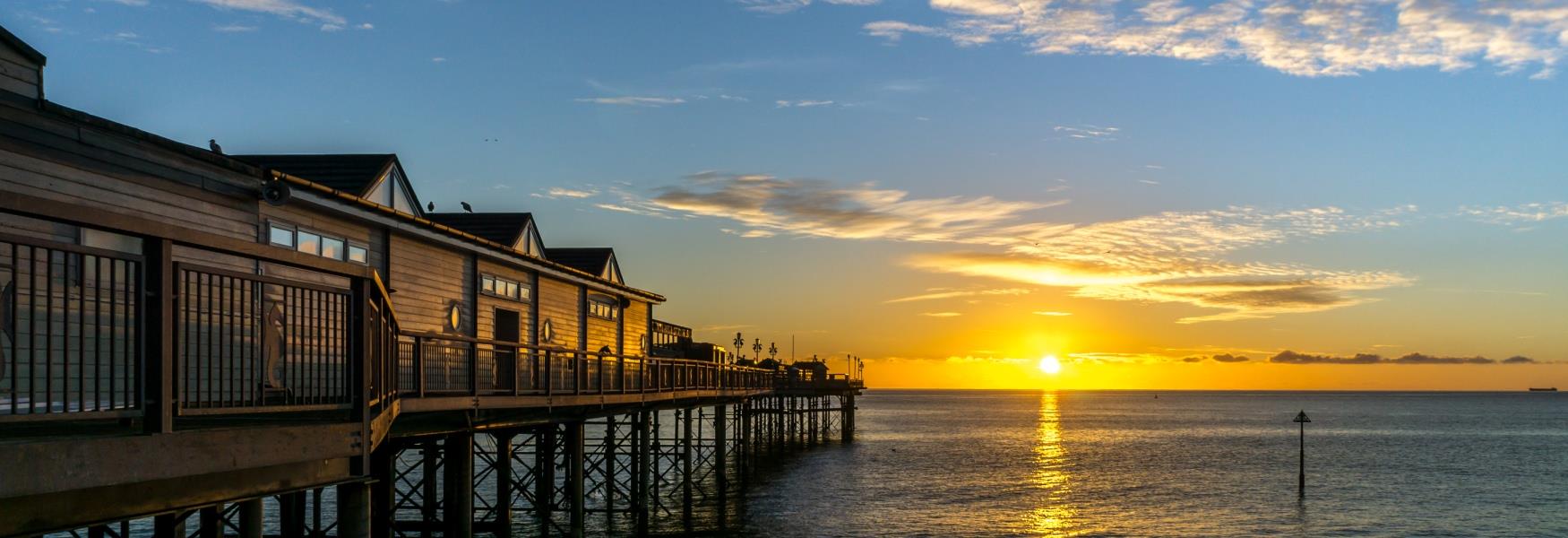
A small market town resting on the outskirts of Dartmoor National Park, Buckfastleigh is a popular destination with tourists due to its interesting places to visit as well as its history. We’re going to take a look at the origins of this bustling community and the stories behind some of its most famous attractions and legends.
Buckfastleigh’s origins lie in medieval times and Buckfast, the village next door to the town was probably around before Buckfastleigh as it’s mentioned in the Domesday Book. The medieval layout of Buckfastleigh is still evident around the town especially in Fore Street although most of the buildings have been rebuilt over the years particularly between the 17th and early 20th century. A thriving mill town, it was known for its woollen mills, paper and corn mills and even a tannery which were greatly helped by its close proximity to the River Dart.
Nearby Caves
Close to the town of Buckfastleigh are three major caves of historical interest; Reed’s Cave, Bakers Pit and Joint Mitnor Cave. Pridhamsleigh Cavern is also not far from the town and is a popular site for novice cavers. Both Reed’s Cave and Joint Mitnor Cave are part of the disused Higher Kiln Quarry, and Bakers Pit was once connected to Reed’s Cave but this has since been blocked up with concrete to protect cave formations. Joint Mitnor Cave which is also known as Bone Cave has been excavated several times and during its first period of excavation between 1939 and 1941 over 4000 mammal bones were found. Some deposits here originated from the last Interglacial period which was around 125,000 years ago and remains of hyena, bison and straight tusked elephants are just a few of the animals which have been discovered. Some of the caves can be visited, although most will need to be with an accompanying experienced guide and some may need visitors to have caving experience themselves. Please be sure to check individual guidelines and information.
South Devon Railway
In 1872, the railway line between Totnes, Buckfastleigh and Ashburton opened with the branch line to the Quays in Totnes opening in 1873 only to goods traffic. Sadly, after facing many difficulties and the decline in use, the line to passengers closed in 1958 and goods traffic ceased in 1962. The Quay line however continued to operate occasionally but by 1967 all use of the line had ended. In 1969 the line was re-opened as a heritage railway called the Dart Valley Railway but in 1971 the line beyond Buckfastleigh closed once again. The A38 road was then built on the route of the railway. However, at the beginning of 1991 the South Devon Railway Trust took over the running of the line and visitors to the region can once again enjoy this magic route through the Dart Valley.
Buckfast Abbey
If you’re familiar with Buckfastleigh and the surrounding area, one of the first things that probably springs to mind in Buckfast Abbey and of course, the famous Buckfast Tonic Wine. Buckfast Abbey was founded in 1018 during the reign of King Canute and in 1147 it was rebuilt in stone and became a Cistercian abbey. Between 1536 and 1541 the dissolution of the monasteries took place in England under the order of King Henry VIII and sadly during 1539, it was Buckfast Abbey’s turn. The abbey then stood in ruins for over 200 years and was used as a quarry and even the site of a Gothic mansion. In 1882, six exiled Benedictine monks arrived from France and after leasing for a short while, bought the land and refounded a monastery. New buildings and a temporary church was set up incorporating the Gothic house and in 1902 it was formally reinstated as an abbey. After the first new abbot died in a shipwreck in 1906, the second decided to fulfil his dying wish and build the abbey. The current abbey church was constructed between 1906 and 1938 and nowadays the grounds and church as well as a shop and restaurant are open to visitors and you can even stay at a hotel on site! Buckfast Abbey is home to a farm where veg is grown and pigs and cattle kept, as well as bees, but the abbey is arguably most famous for its Buckfast Tonic Wine. Production of this began in the 1890s and it’s a fortified wine which is popular up and down the country, however it has had a bad reputation for causing anti-social behaviour, especially in Scotland.
The Valiant Soldier
The Valiant Soldier is a former pub in Buckfastleigh which closed in the 1960s and has now become a museum. But it’s not just an ordinary museum, it’s basically a time capsule as nothing has been changed since the day last orders were called! The building dates back to the 1700s and the earliest it’s noted as a pub is 1813. Throughout the years it had various landlords and Mark Roberts became its last one in 1939 but in 1965 the brewery withdrew the license after they decided there were too many pubs in the town so Mr Roberts and his wife promptly closed their doors. They purchased the building some years later but never reopened and after Mr Roberts died in 1969 his wife Alice continued to live upstairs in the premises until the mid 1990s. Although still a family home too, the pub itself remained untouched with everything simply left as it was and in 1997 Teignbridge Council acquired the property. A trust was set up and work was started to preserve this fascinating place before opening it up to the public. Visitors can really get a glimpse into what life would have been like during the 60s and how a small town pub would have operated.
Holy Trinity Church & Richard Cabell
Holy Trinity Church lies on a hill not far from the centre of Buckfastleigh overlooking Buckfast Abbey and the town. It’s a 13th century building which is sadly just a shell these days after a devastating fire during 1992. An hauntingly beautiful place to visit, one of its most interesting features is the mausoleum of the Cabell family. Richard Cabell was the local squire at Buckfastleigh and was considered a very wicked man. Legend has it that at night phantom hounds howl for Cabell who returns and joins them as they race across the moors hunting. Villagers believed that he was in fact so evil, they built a structure around the mausoleum known locally as ‘The Sepulcher’ and even added a heavy slab on the top of the tomb to prevent him from returning and haunting the area. It is alleged that this local legend was the inspiration behind Sir Arthur Conan Doyle’s Hound of the Baskervilles.
We hope you’ve enjoyed a little insight into the town of Buckfastleigh and some of it’s incredible history and heritage, to keep up to date with all our latest blog posts, sign up to our e-newsletter here. We’ll let you know about new articles, competitions, news and much more!
Related
Comments
Comments are disabled for this post.



 to add an item to your Itinerary basket.
to add an item to your Itinerary basket.










